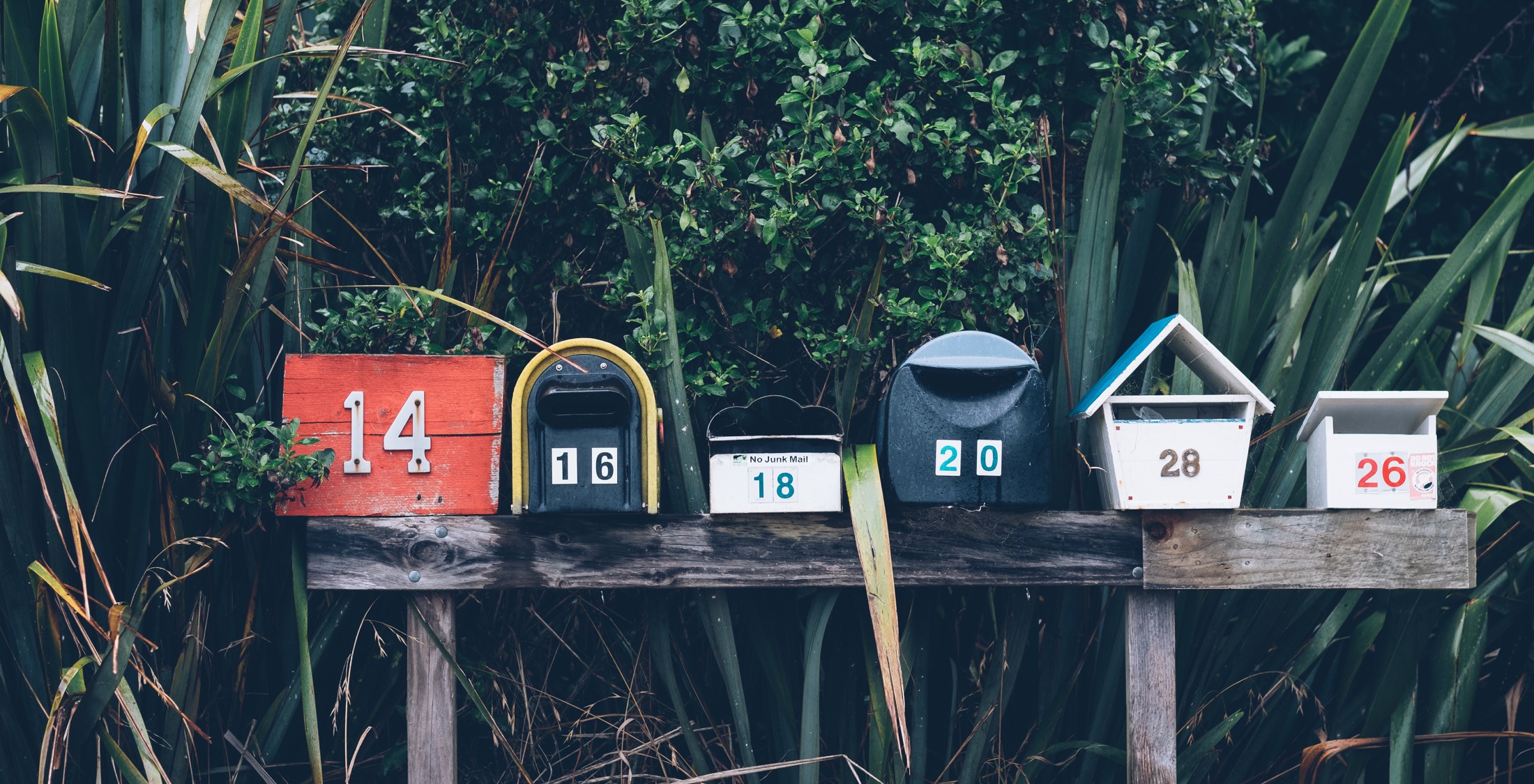Laravel Mailbox is a package by Marcel Pociot for handling incoming emails in your Laravel application. Mailbox features a fluent API that allows you to define custom mailboxes to catch incoming emails.
Here’s a quick example of an inbound email handler from the documentation:
Mailbox::from('{username}@gmail.com', function (InboundEmail $email, $username) { // Access email attributes and content $subject = $email->subject(); $email->reply(new ReplyMailable);});Laravel Mailbox works by listening for incoming emails from the supported drivers (options include “mailgun,” “sendgrid,” and “log”) and then responding to them through custom mailbox classes. At a basic level, here’s an example of how you can define a mailbox in a service provider:
use BeyondCode\Mailbox\Facades\Mailbox; class AppServiceProvider extends ServiceProvider{ /** * Bootstrap any application services. * * @return void */ public function boot() { Mailbox::from('sender@domain.com', function (InboundEmail $email) { // Handle the incoming email }); }}The above example uses a closure, but the second argument can also be an invocable class:
Mailbox::from('sender@domain.com', MyMailbox::class);By default, this package stores all inbound emails in the database, with a configurable duration to keep them. You can use Laravel’s scheduler with the package’s ‘mailbox:clean’ command, which will remove emails from the database older than the configurable duration to keep them. Check the storing emails documentation for further details.
Out of the box, Mailbox supports Mailgun, Sendgrid, and a local development driver/log. However, you can easily extend/add custom drivers—Laravel Mailbox uses the same manager pattern that is familiar to Laravel users (i.e., database drivers).
To learn more about Laravel Mailbox, you can check out the source code on GitHub at beyondcode/laravel-mailbox. To learn how to install and use the package, check out the Laravel Mailbox documentation.











